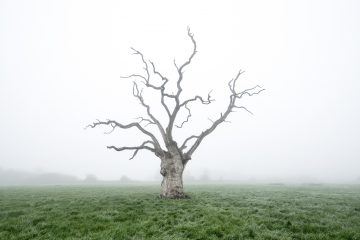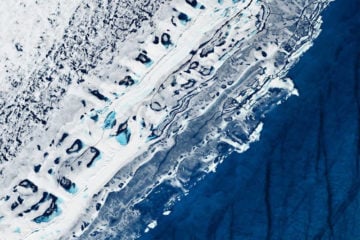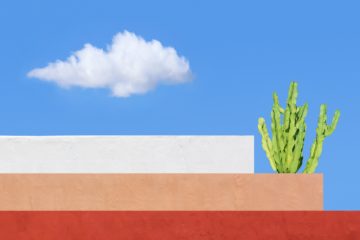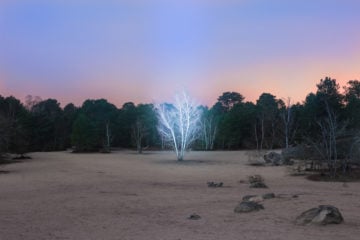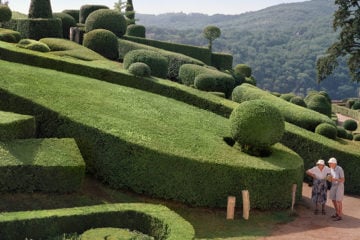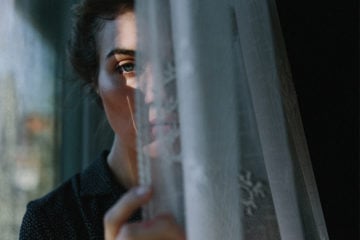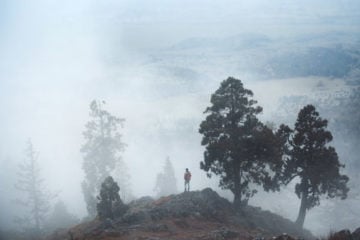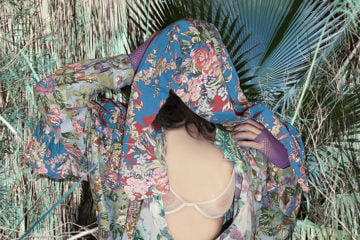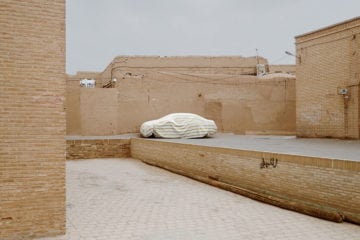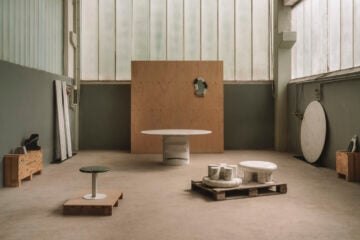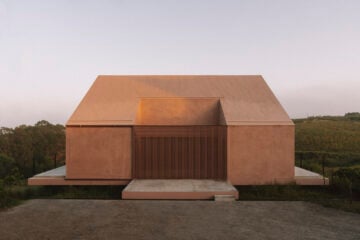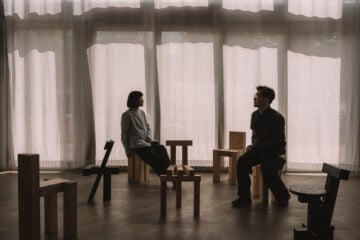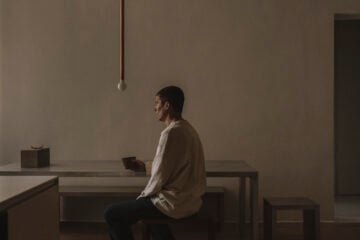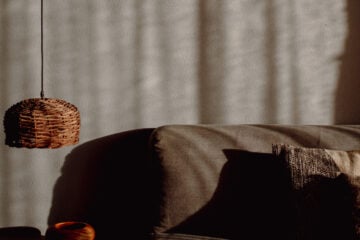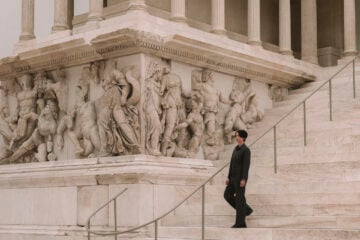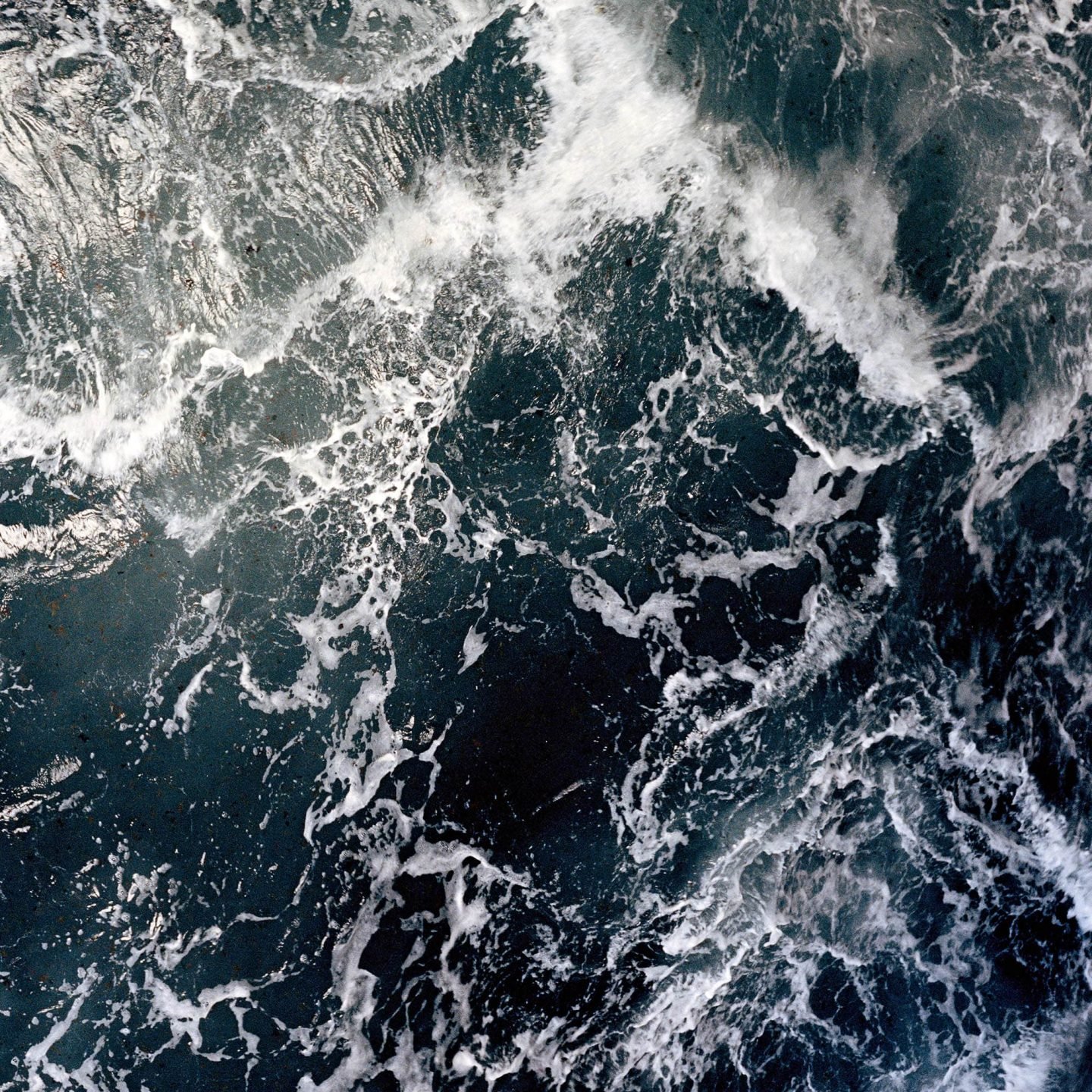
With Stunning Detail, Jess Gough Photographs The Earth’s Striking Volcanic Landscapes
- Name
- Jess Gough
- Project
- Topographies II
- Words
- Steph Wade
For London-based photographer Jess Gough, the visual drama and volatility of volcanic areas is a key source of inspiration in her work. Her newly released photographic series and print publication Topographies II uses the camera to study the textures, colors, and kinaesthetic qualities of natural landscapes.
An ongoing series, this second Topographies weaves together imagery shot on multiple trips in different locations, creating a fictional place that is connected by light, heat, and texture—but separated physically by continents. The aim was to zoom in on certain visual details; water, light, smoke—and thereby remove the places from their physical context, so as to allow the viewer to take in the remarkable landscape details without any preconceptions. As a self-taught photographer, Gough is interested in how we are depicting the natural world at this ecologically critical point, and the conversations we are having as a result. We spoke to her briefly from her home in London ahead of the release of Topographies II, which is available for purchase here.
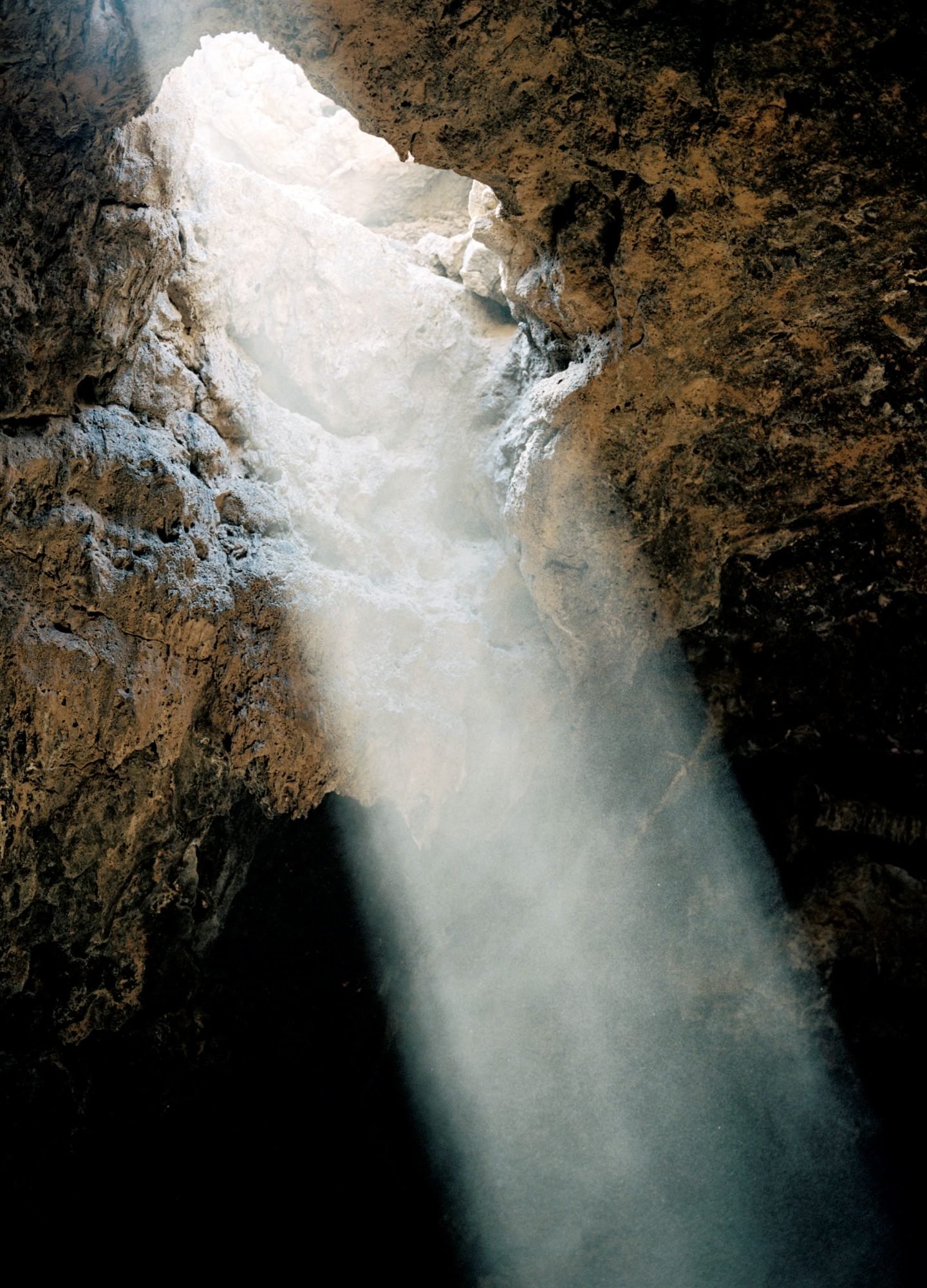
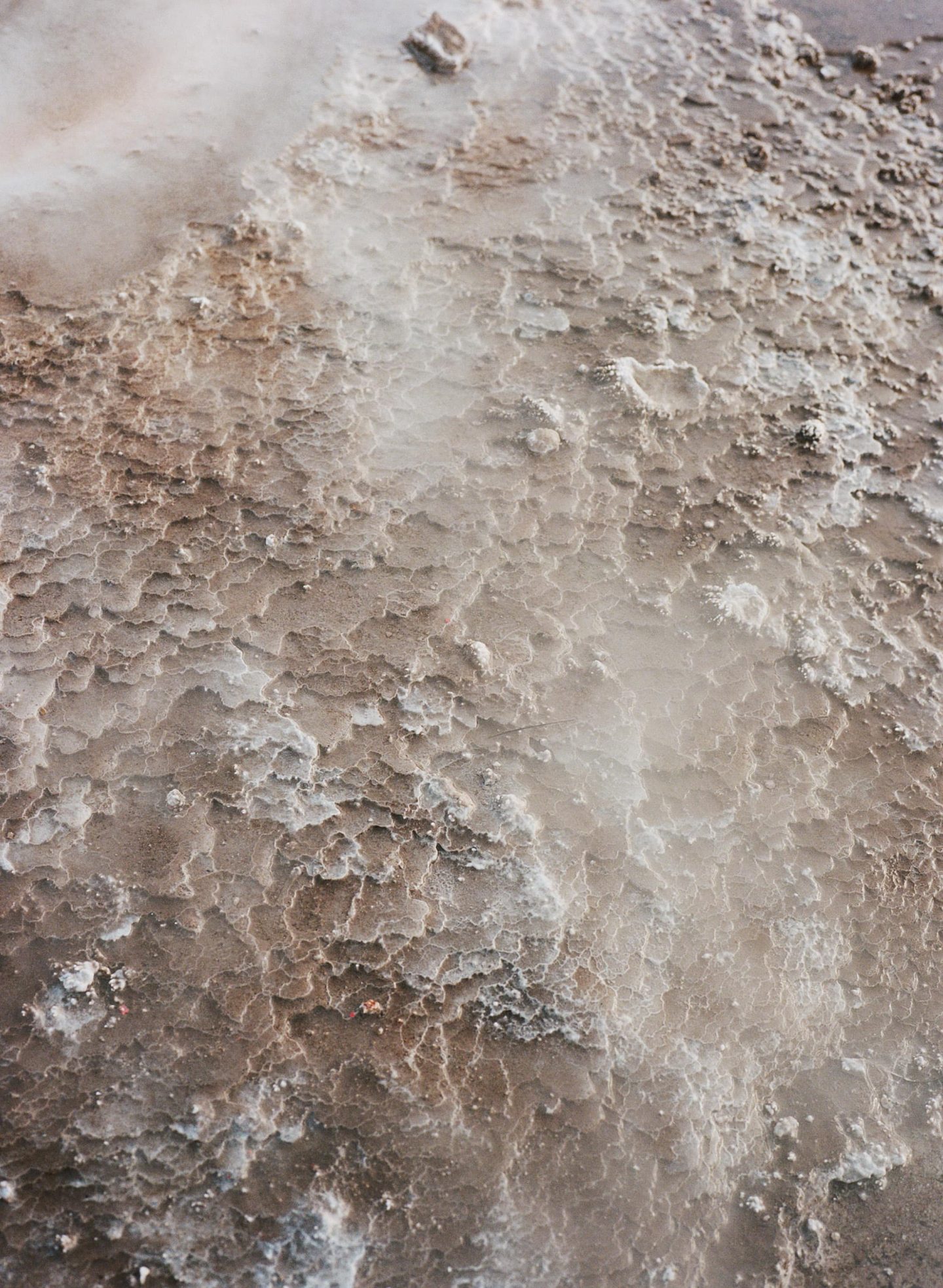
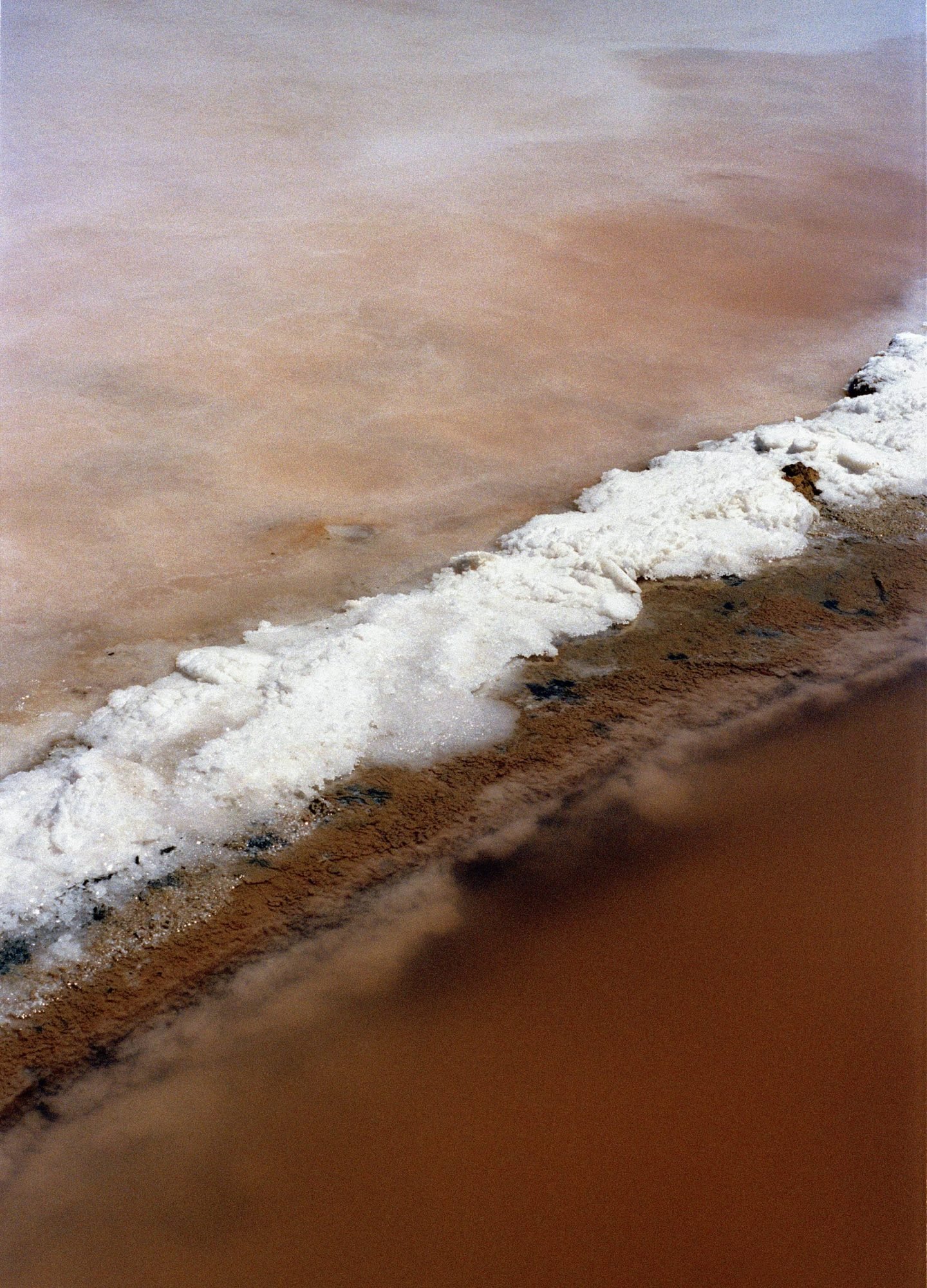
Can you tell us about your professional background—how did you get into photography?
I guess it started out as it does for many people by just playing around with point and shoot cameras, which was followed by discovering the worlds of zines, photo books, and different creative communities online. The lure of photography turned into an obsession and it quickly became part of my everyday life. I never studied photography, which in a way I’m quite glad about—I guess I knew that it would always be part of what I did in some way. I now work with the publisher MACK in London and it’s a real joy to be working closely with other artists and their projects, and with the book-form in particular.
Did you grow up spending a lot of time in nature? How does living in London influence your work?
I grew up in London and to be honest, I find it impossible to make any work here! I always blame the light but I think the real reason is that I find it too familiar and distracting. Over the years, I’ve increasingly associated making work with travelling and discovering new places, and accepting that as an important part of my process, at least for now. London is a place where I’m happy to sit and reflect, learn, absorb others’ work, and the second I step out of the city I get an urge to take pictures.
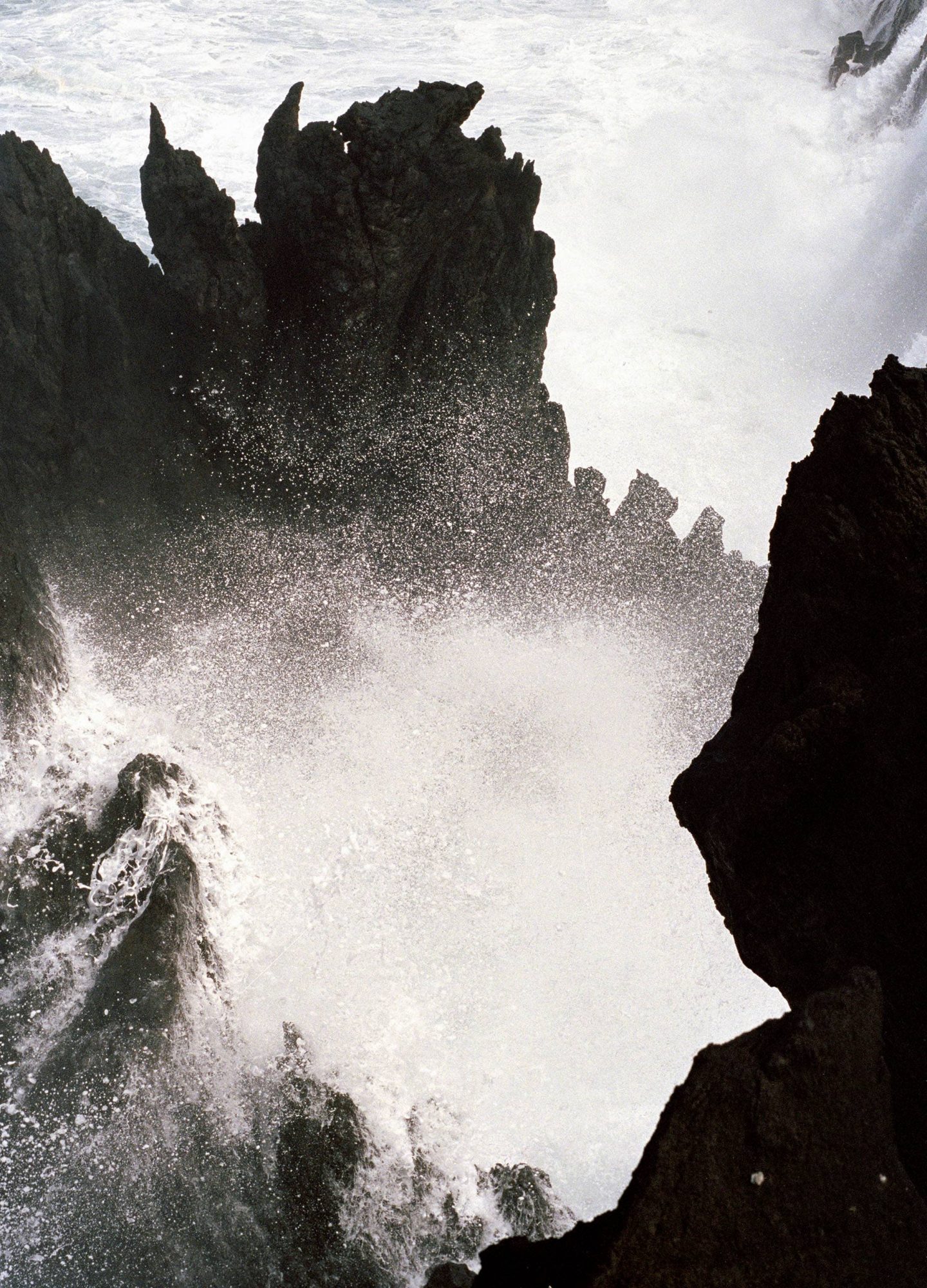
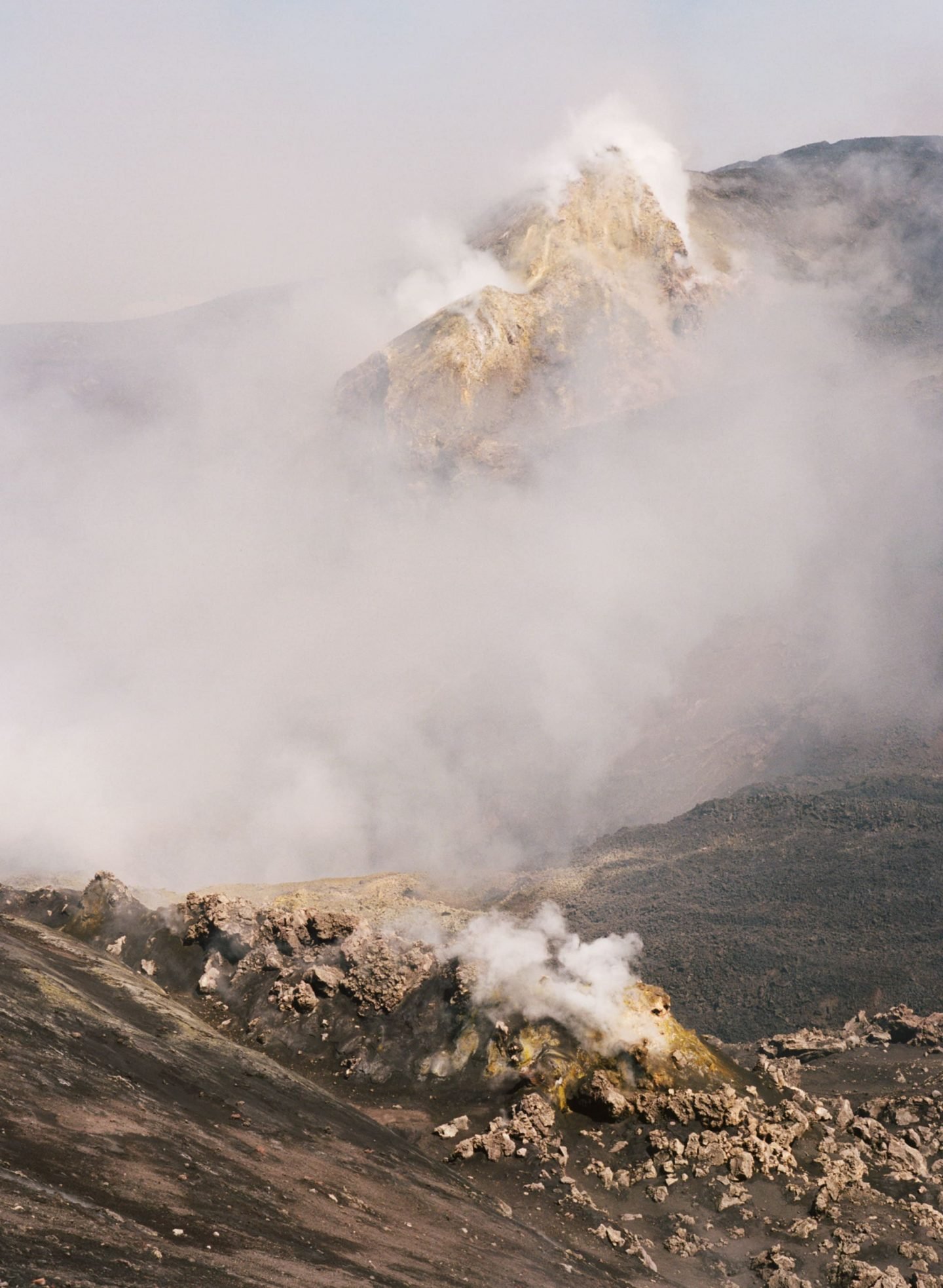
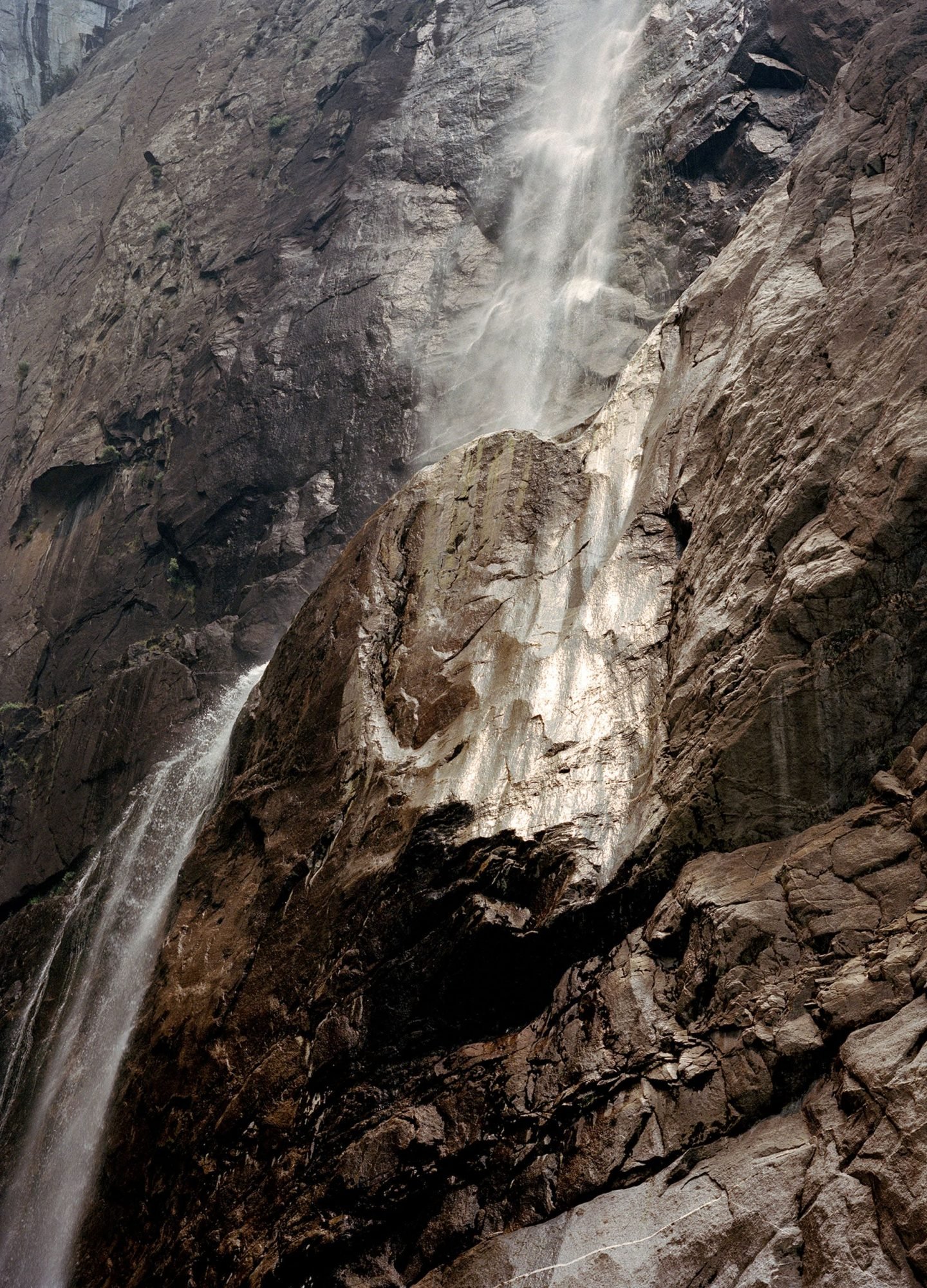
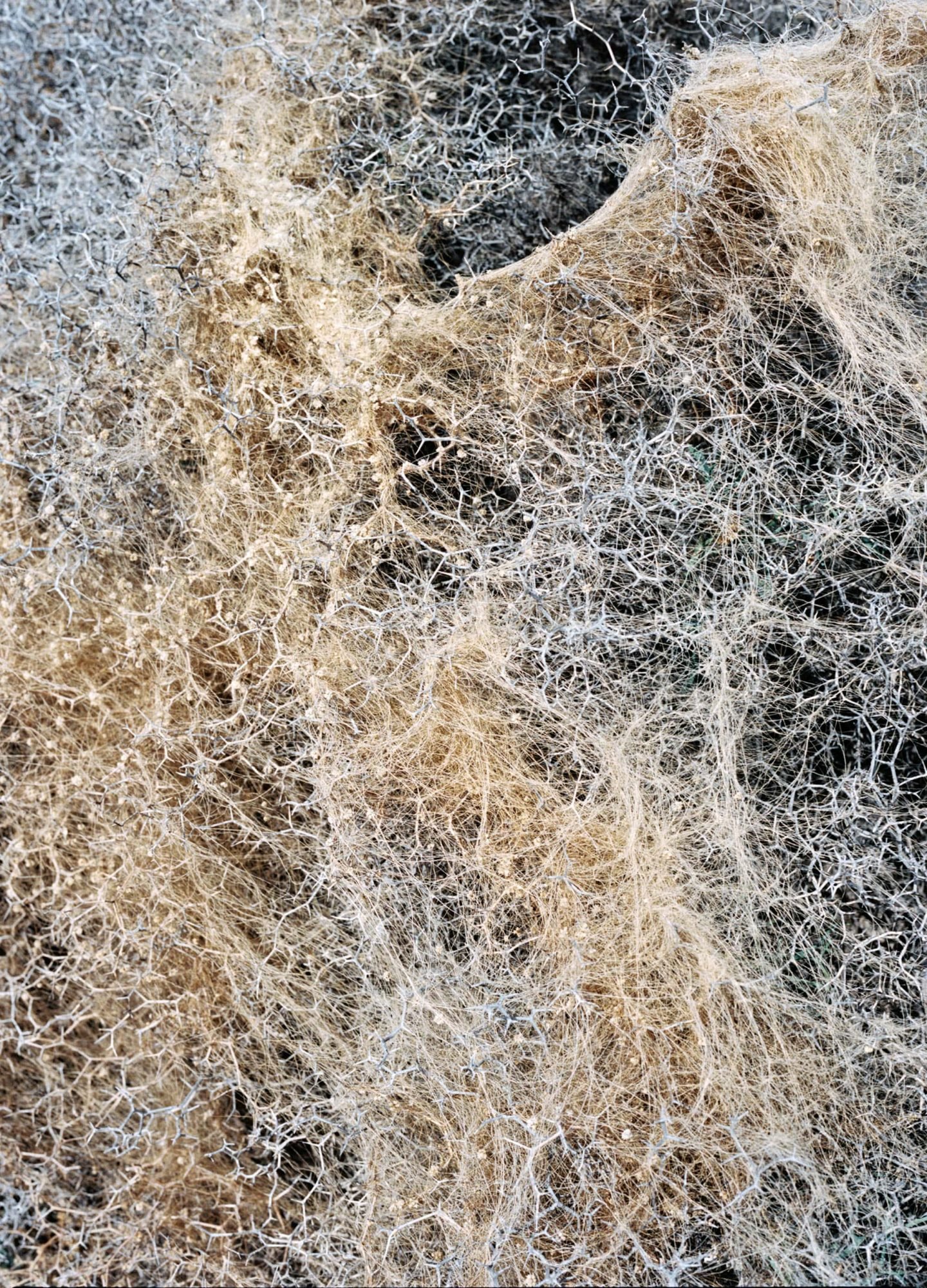
What is the location of the second Topographies? With this newer series, what were you hoping to achieve?
The locations are all over—from Italy, Spain, California, Chile. I was interested in putting something together that wasn’t about one specific place but instead looked at the geological forms, moods, and textures linking multiple landscapes which are continents apart. I was drawn to the elemental features of these landscapes as well as their movements and cyclical processes, and I became particularly drawn to the expressiveness and volatility of volcanic areas—the constant hissing, spewing, crackling, shifting. When putting together the sequence, my aim was to deliver the viewer to an unfamiliar and timeless landscape, guided through water, smoke, stone and salt. By flitting between telescopic and microscopic views, I wanted to simultaneously allow viewers to confront the landscape in its entirety whilst at the same time drawing them in towards its features which are almost landscapes in their own right.
In general, I don’t tend to plan projects in advance aside from having a loose idea of what I’m seeking, and the ideas form only once I’ve started shooting. I prefer to go out with a clear mind when taking photos, led by curiosity and with the camera almost acting as a compass.
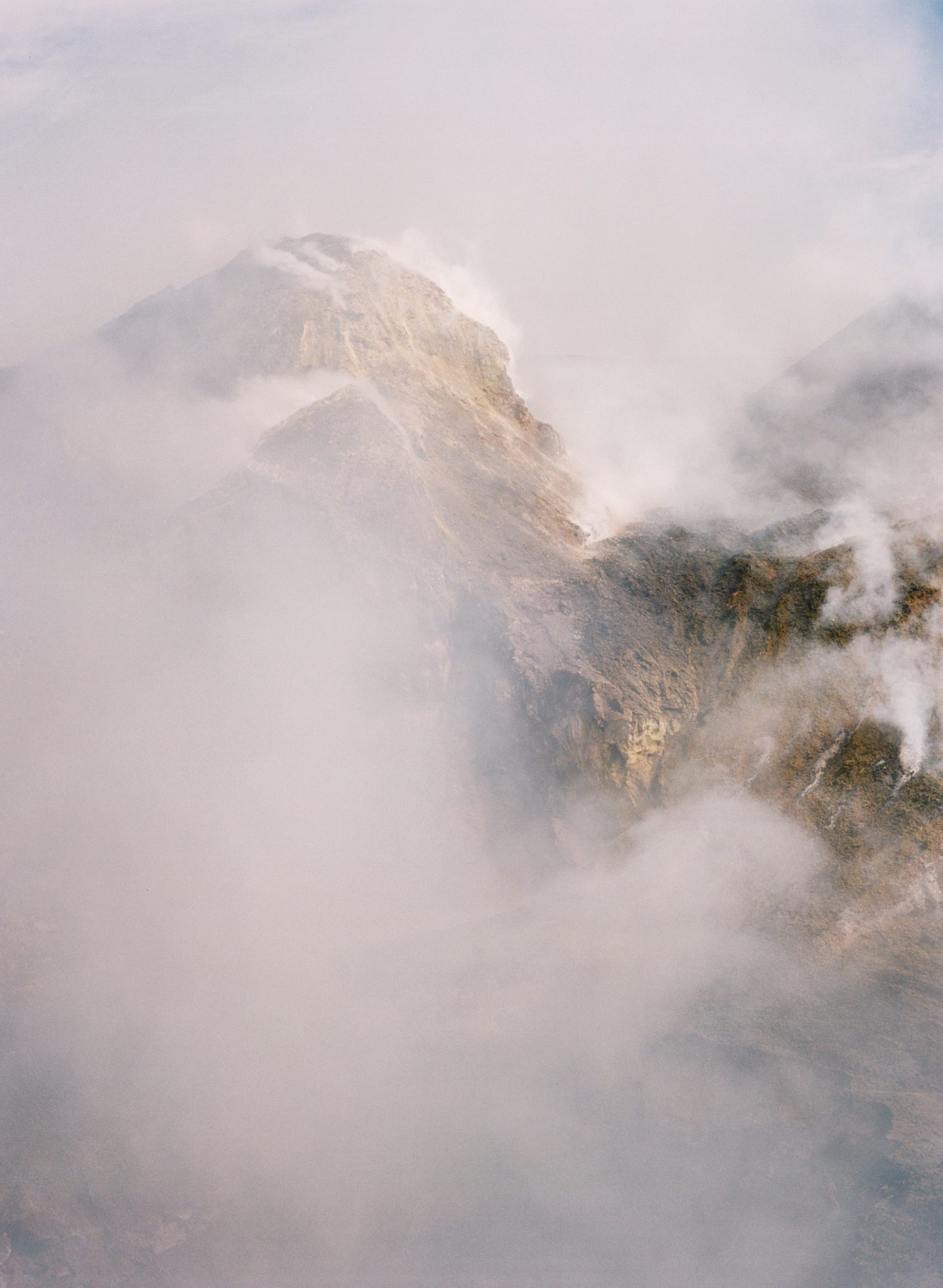
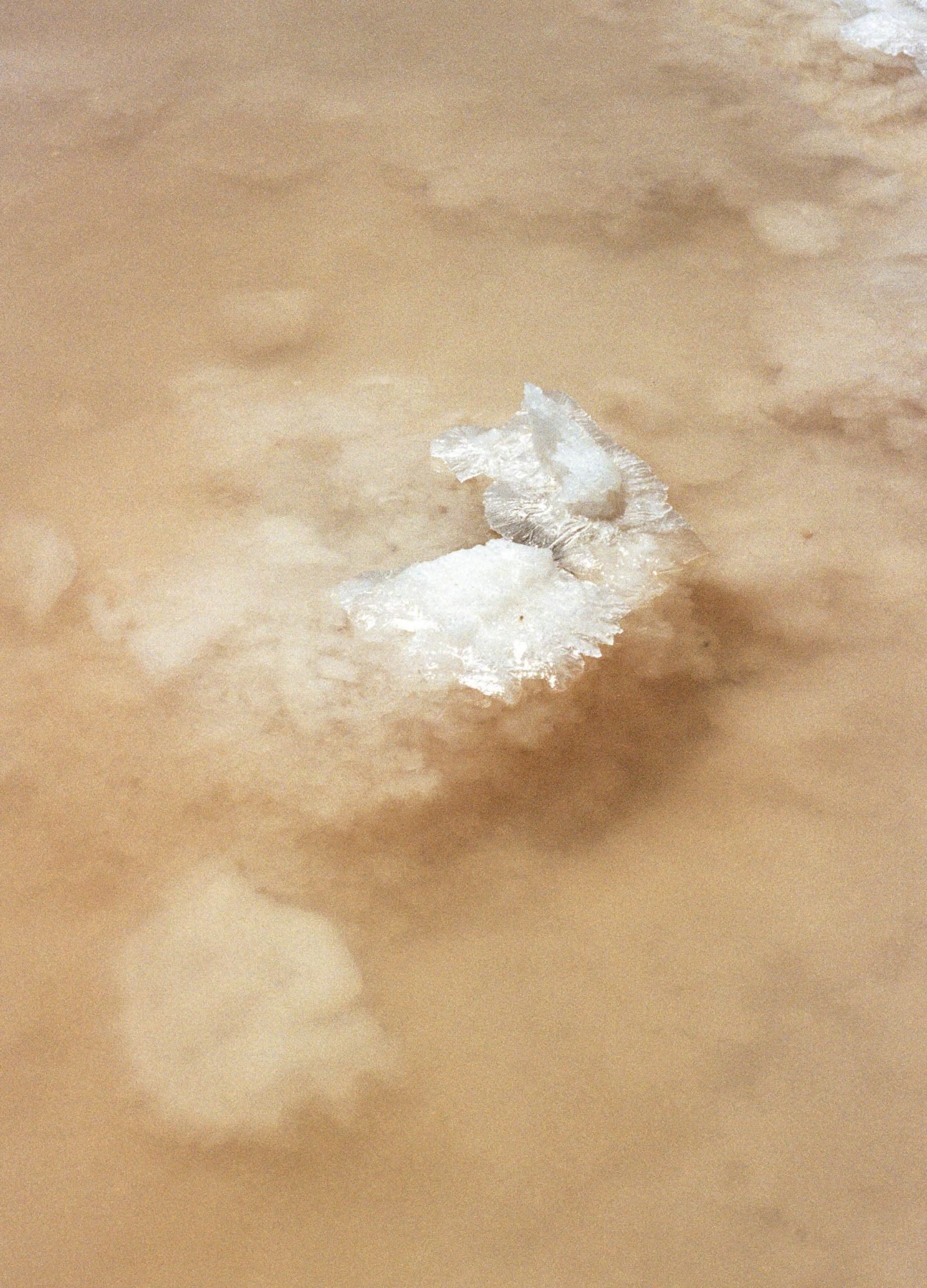
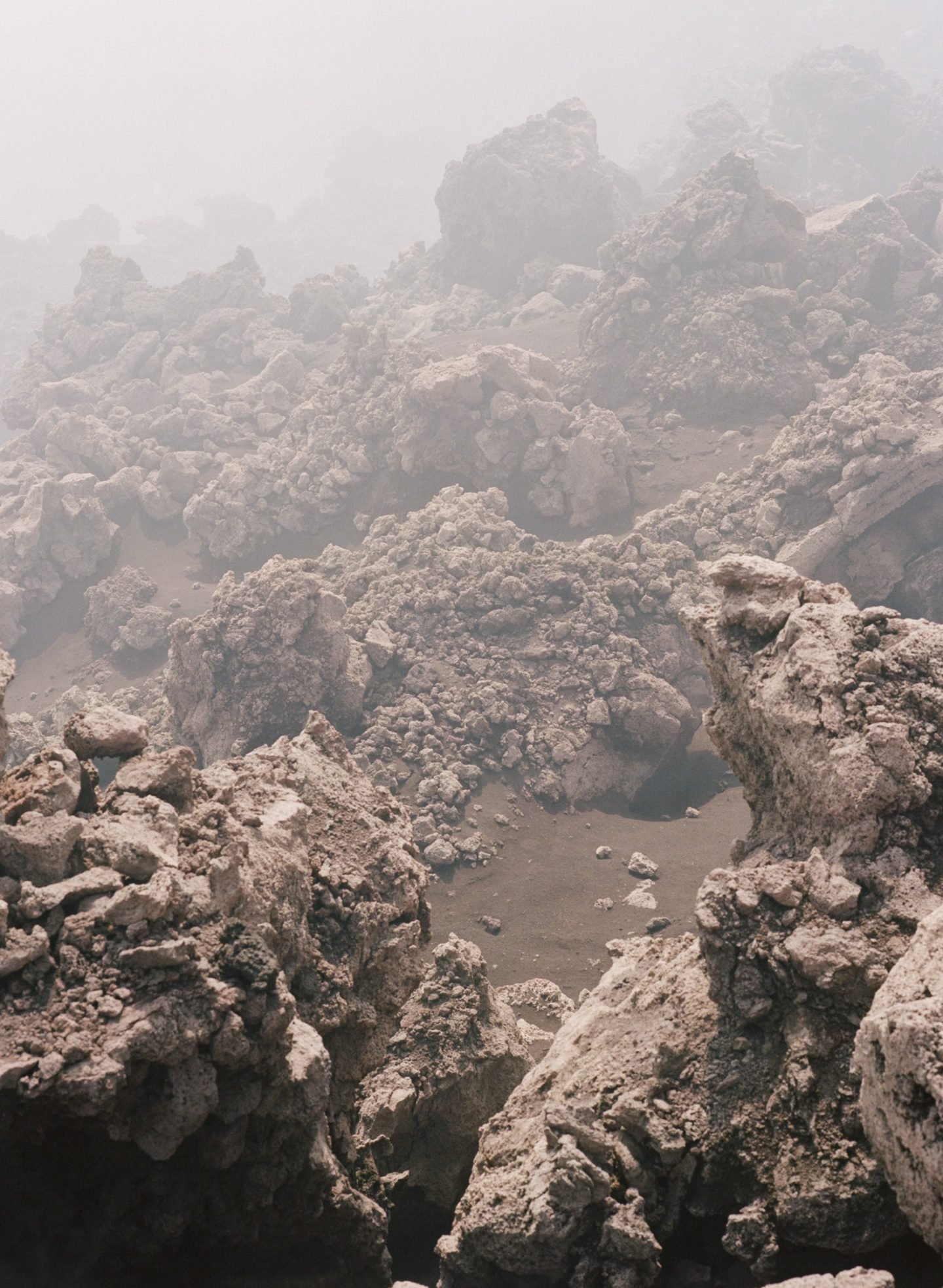
What is it about the natural world that makes it so interesting to shoot?
For me, photography is an interesting way to confront our increased separation from the natural world and to engage with the non-human world through its physical forms. I find shooting in nature a very humbling experience, full of wonder and awe, and a process that gives me a grounding sense of its permanence, intensity, and indifference to our lived experience. Over time, photography has in part become a tool for me to shift my focus away from day-to-day concerns and provide a broadened frame of reference, and while my work isn’t manifestly political, I’m interested in exploring how the natural world can be represented at this ecologically critical point.
What is impossible to photograph?
I often find that the images I’m most looking forward to seeing never come out quite as expected and there will always be an image on the roll of film that takes me completely and pleasantly by surprise. So I guess for me, a predetermined idea or intention is impossible to photograph and I have to always make space for chance, contingency, and unexpected tricks of the light.
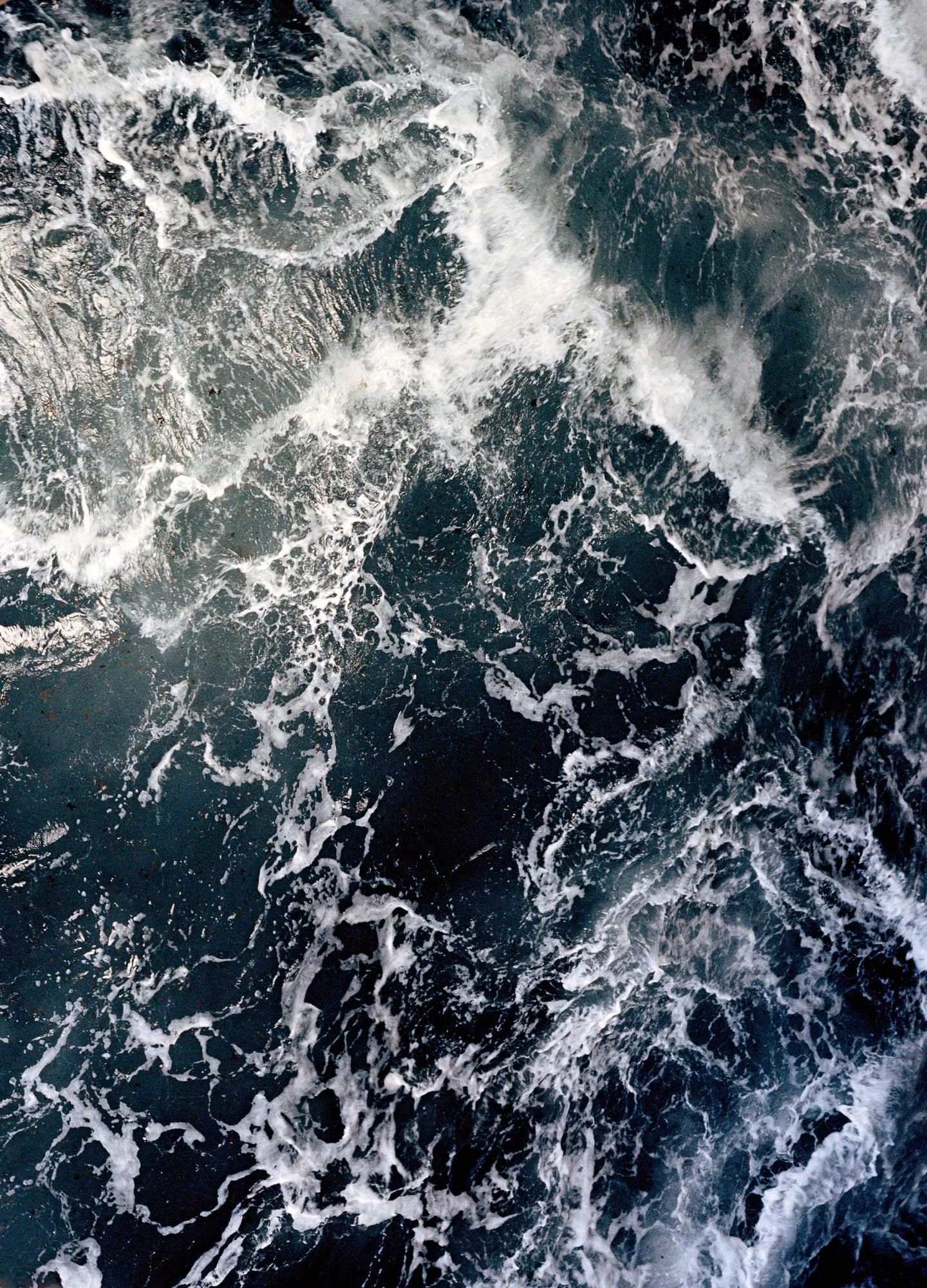
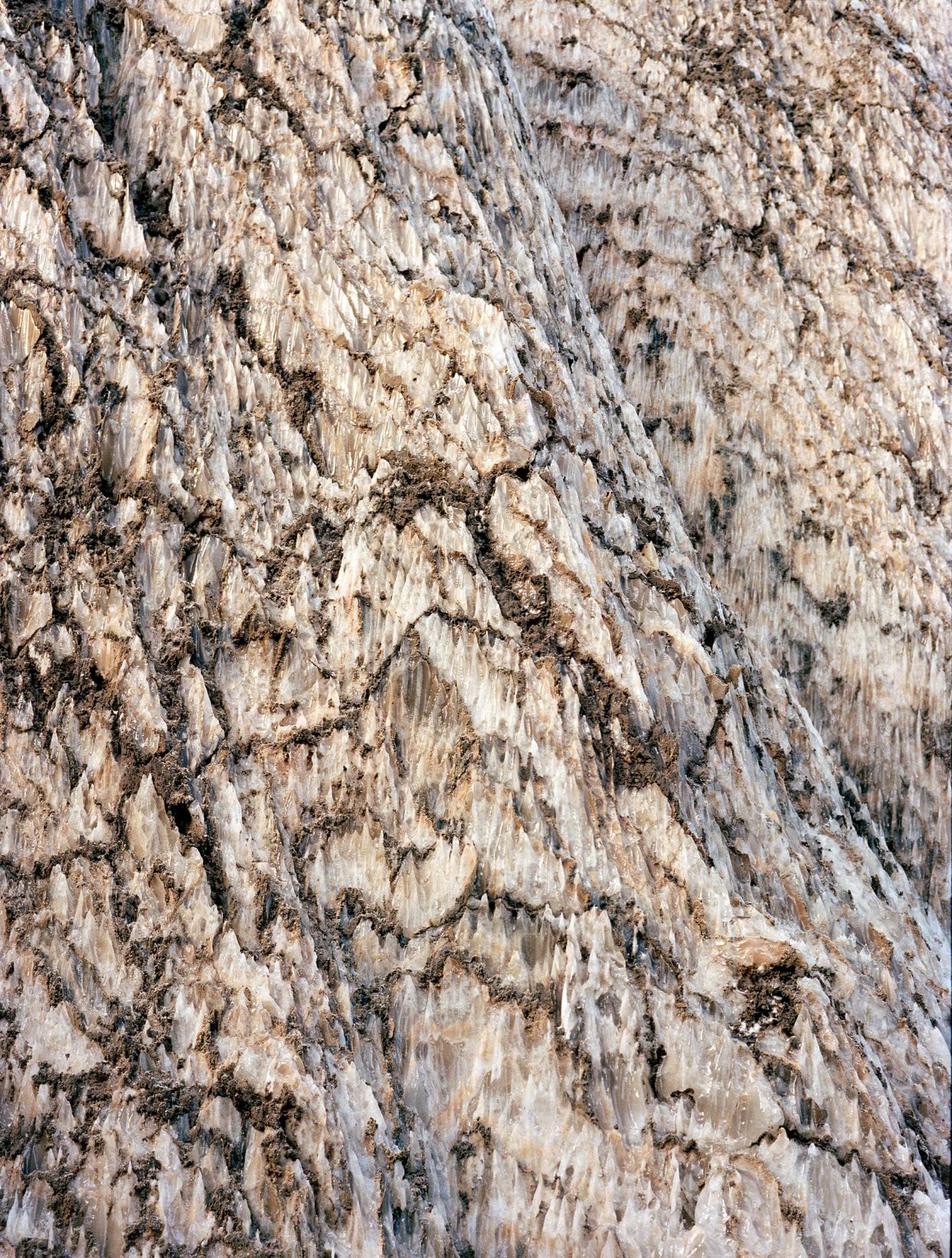
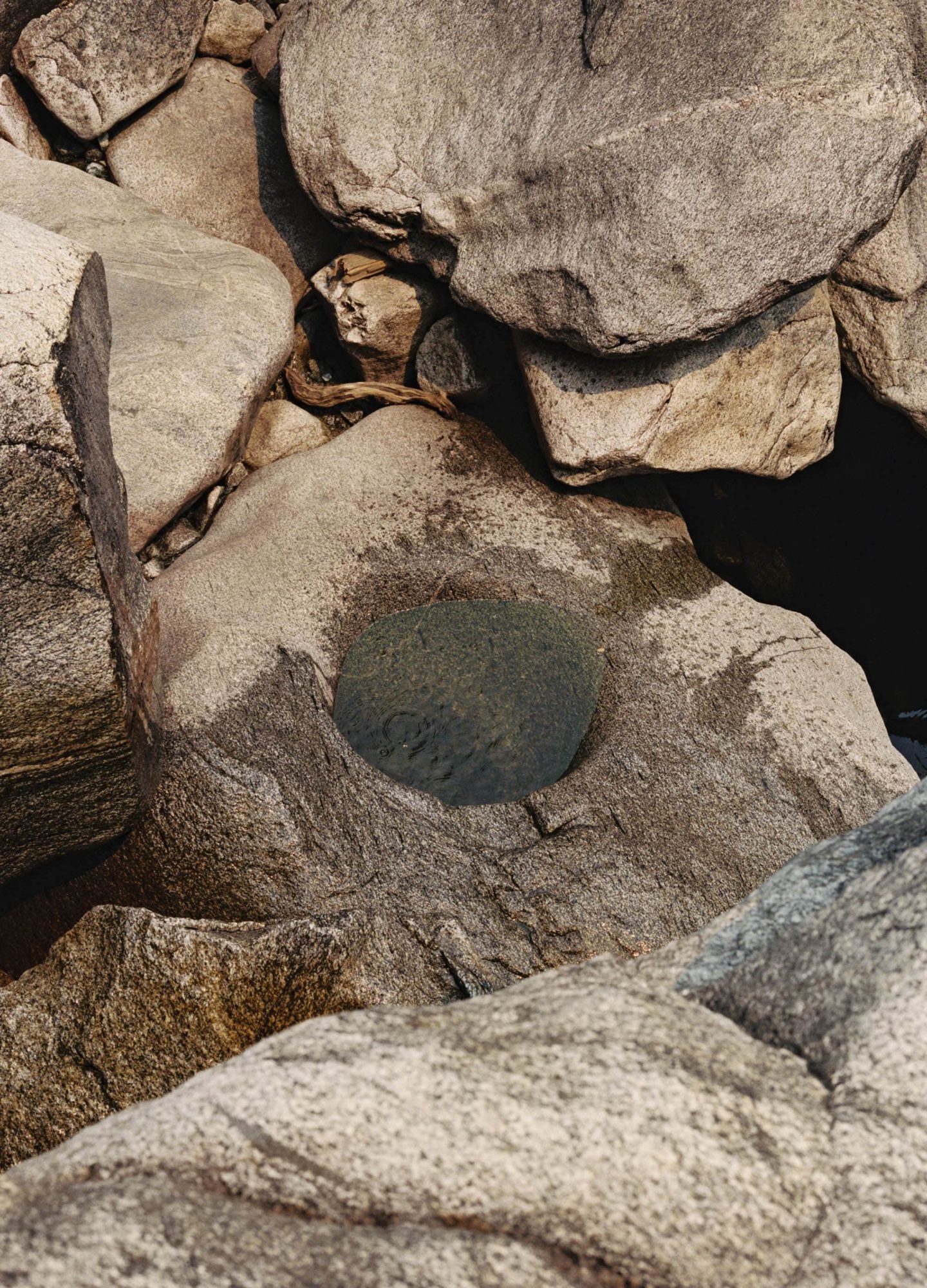
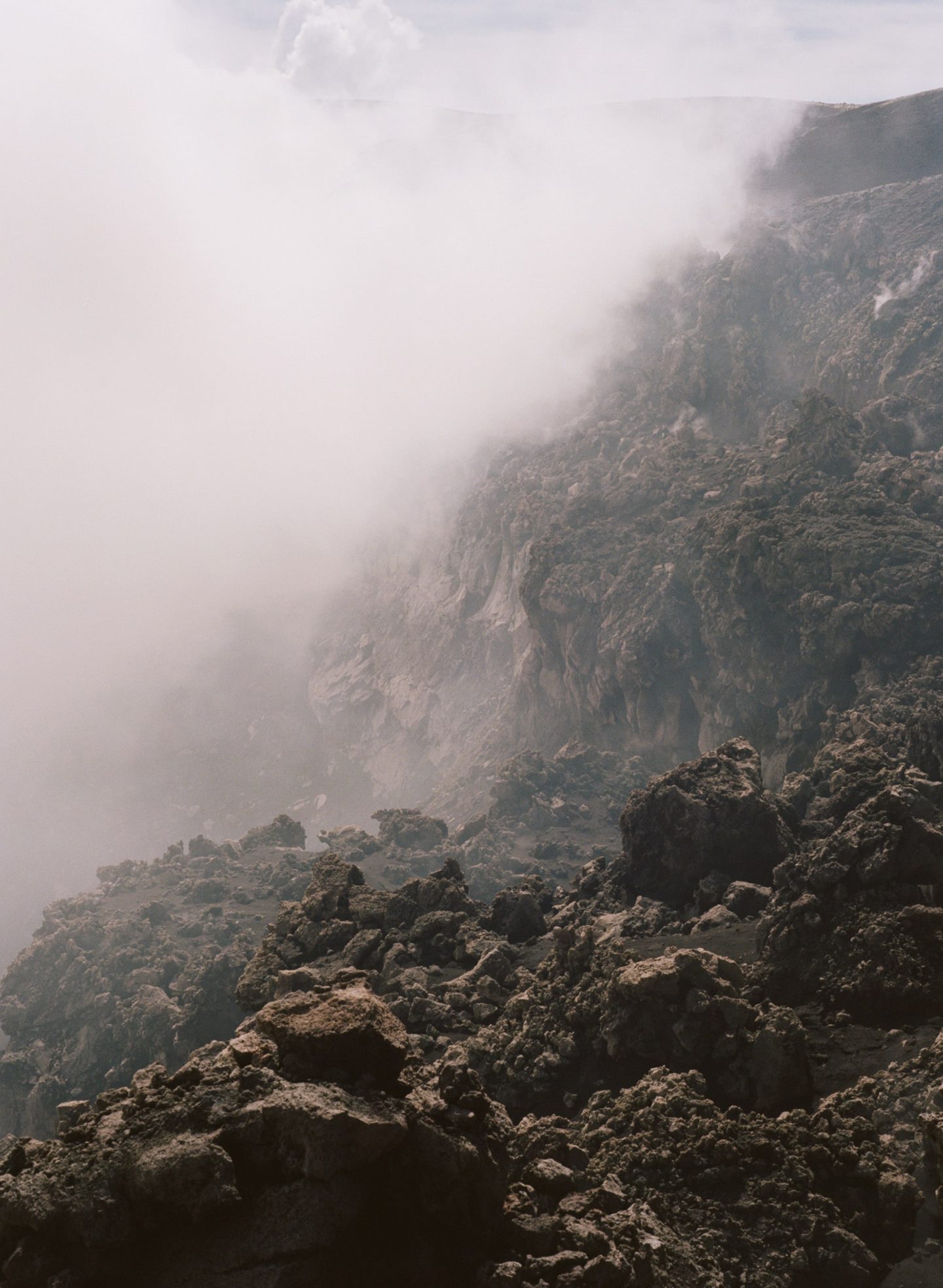
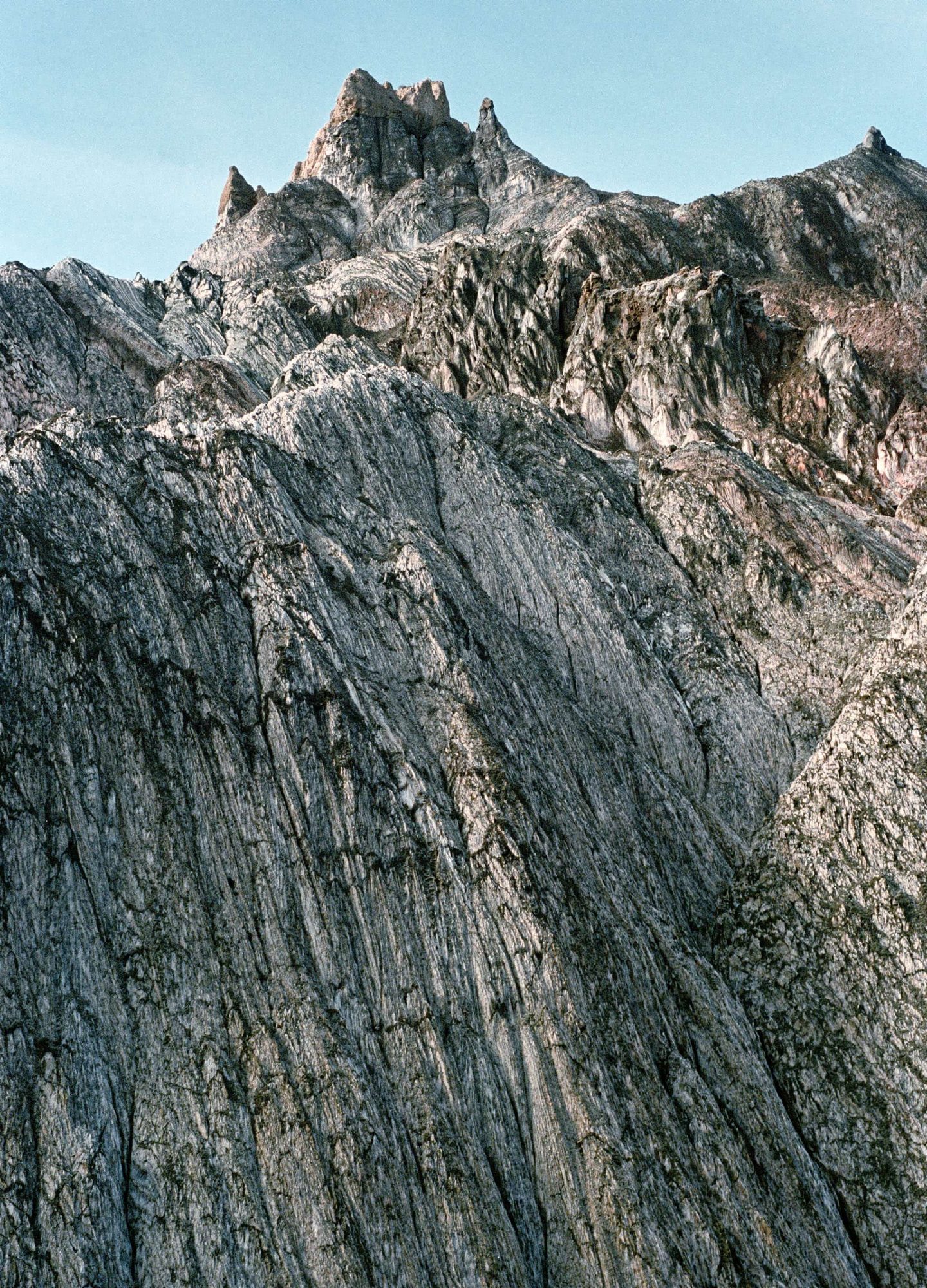
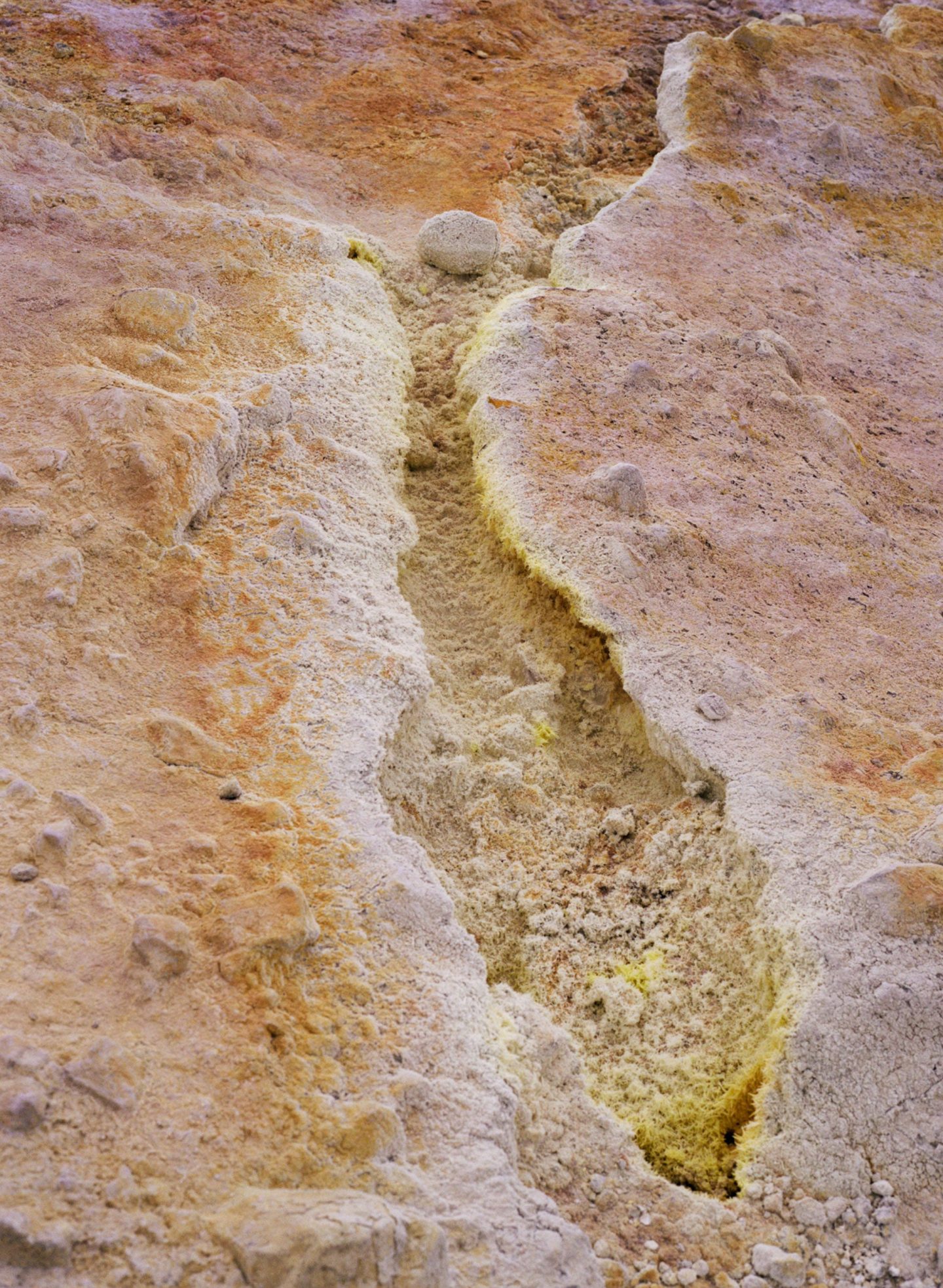
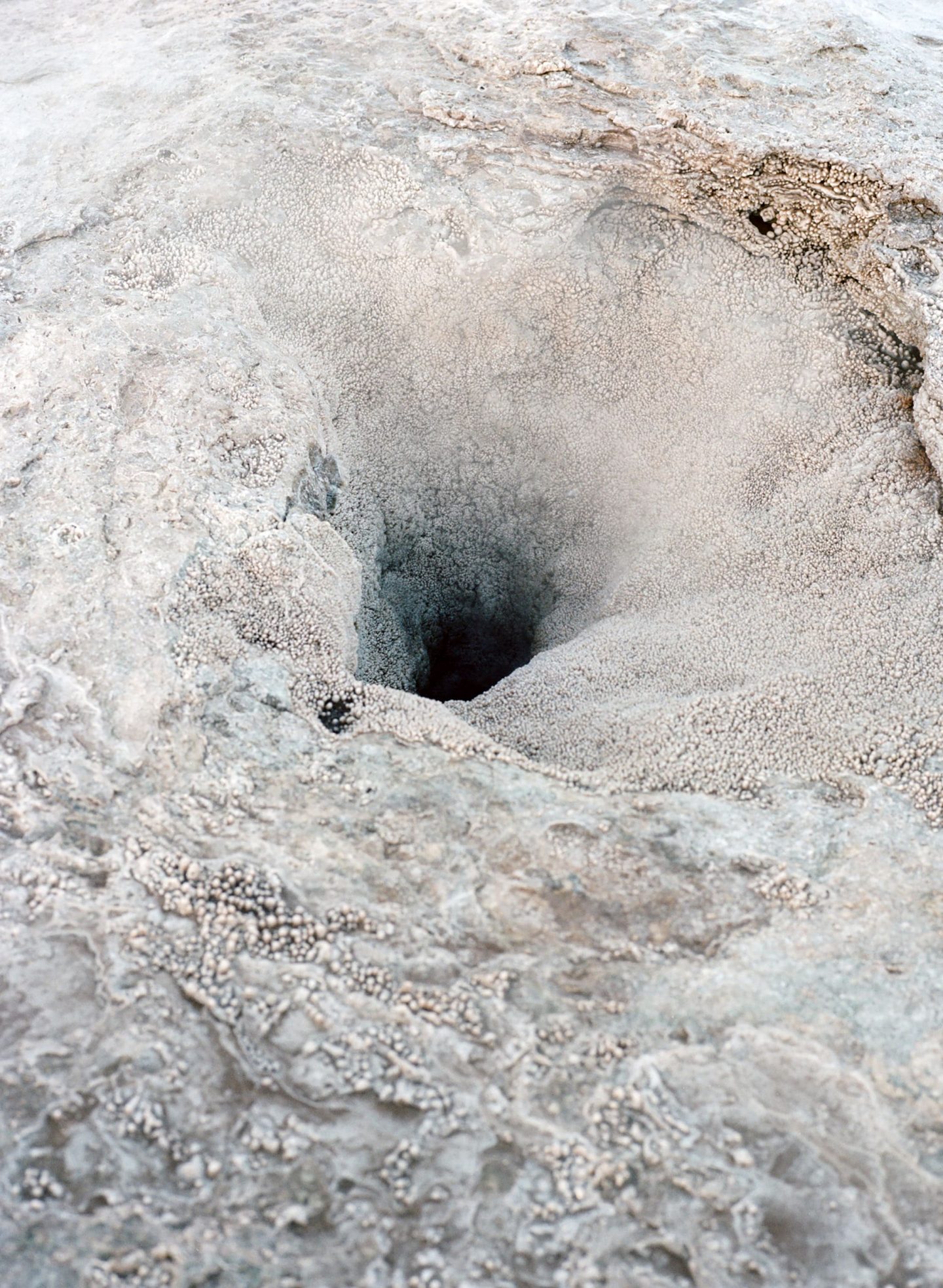
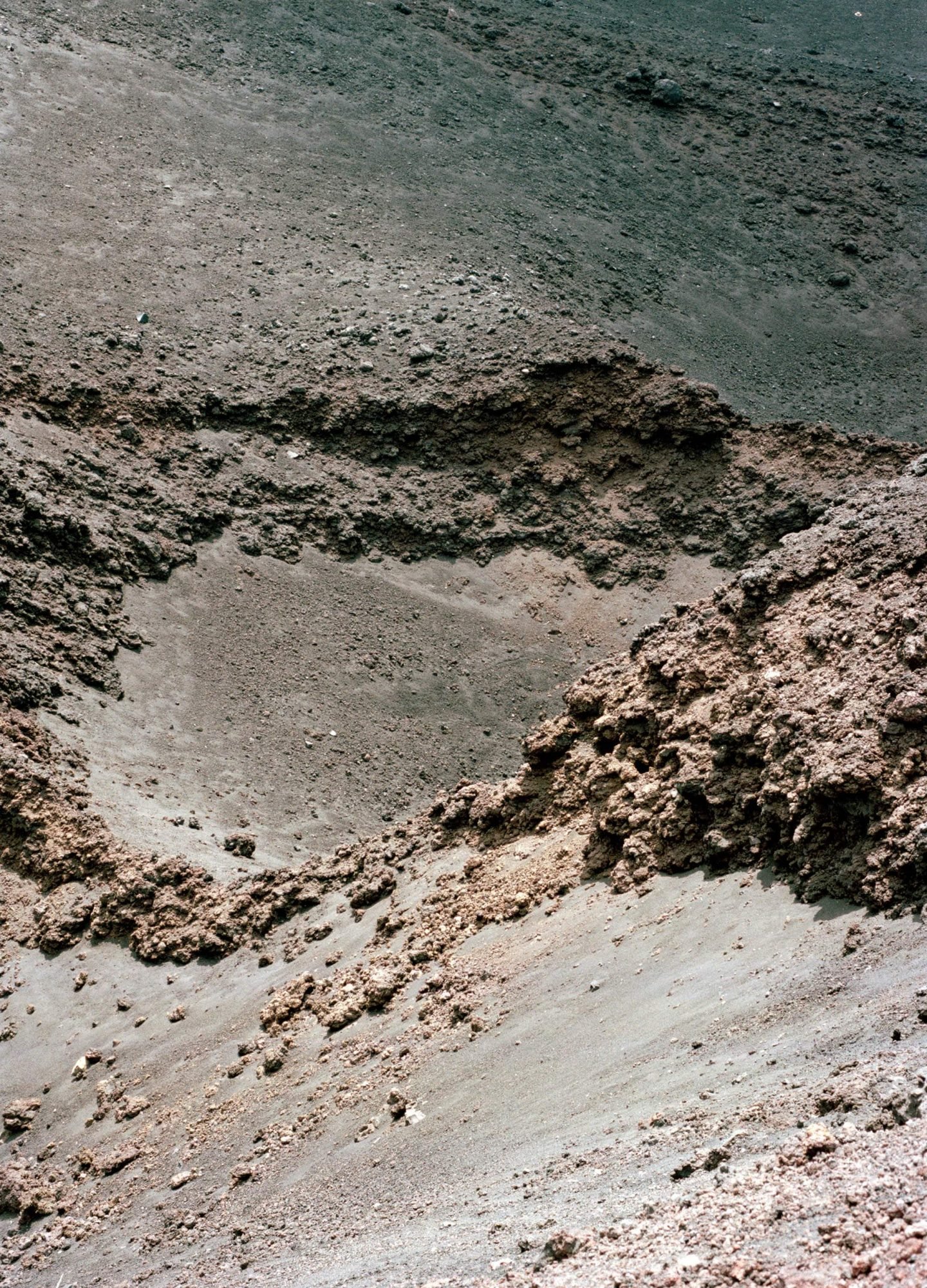
All images © Jess Gough
